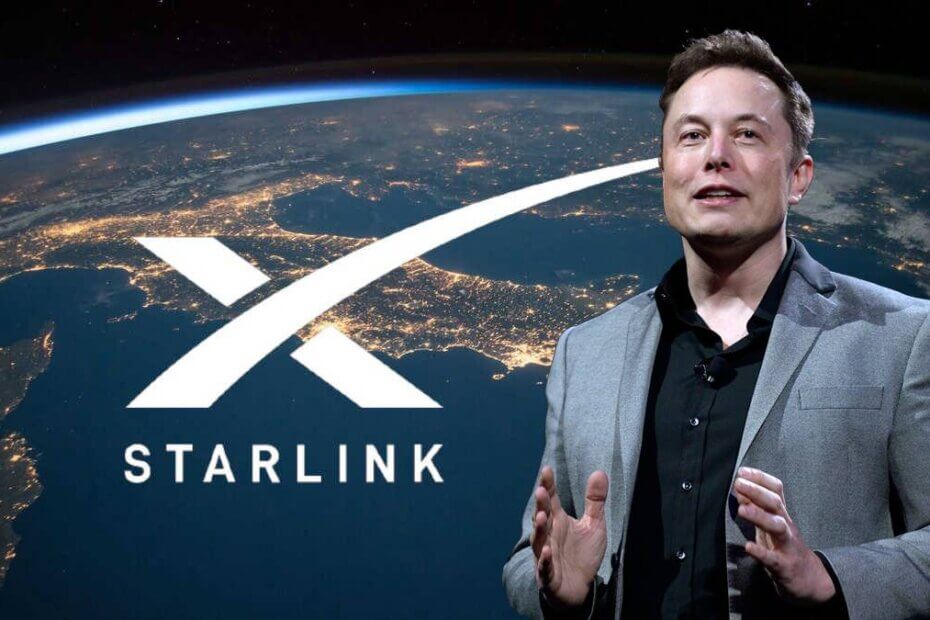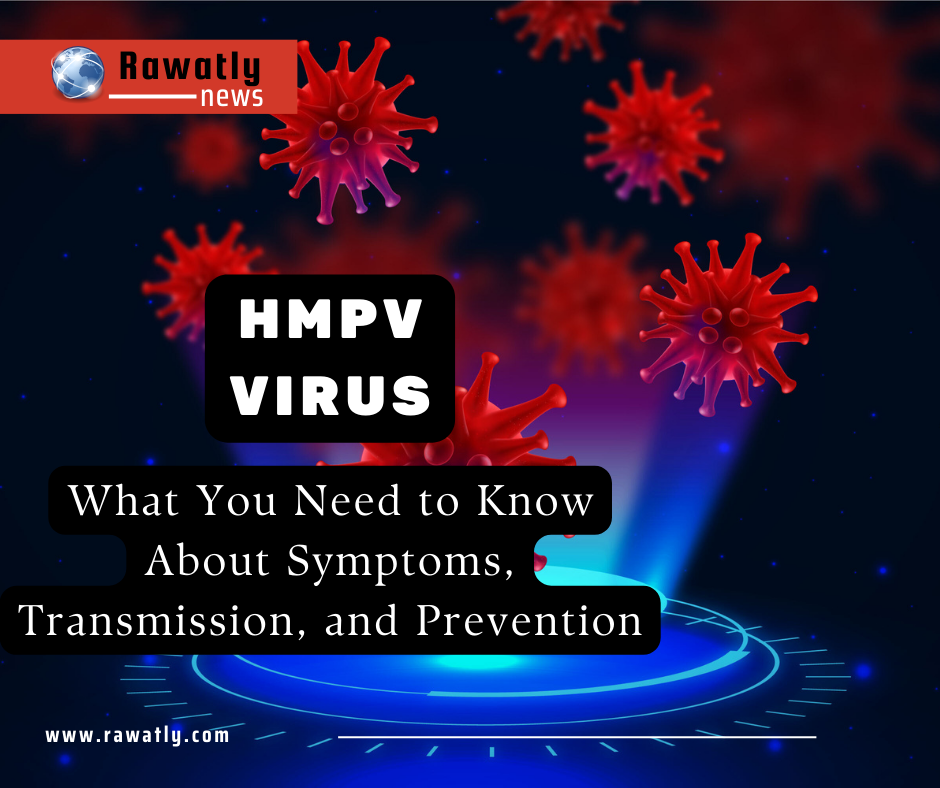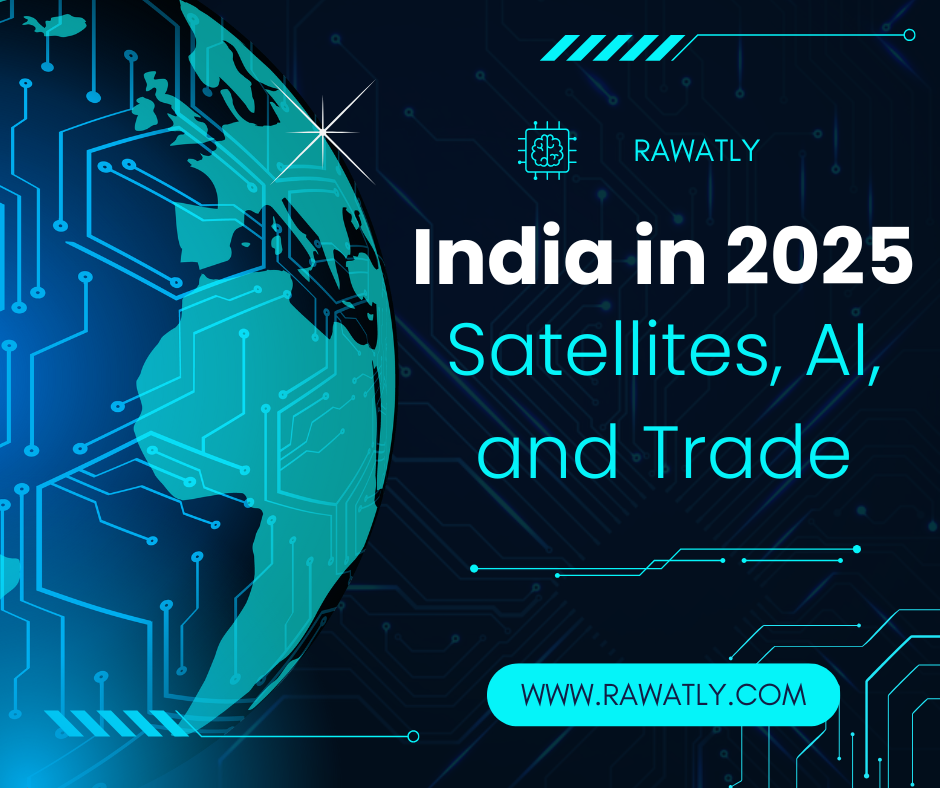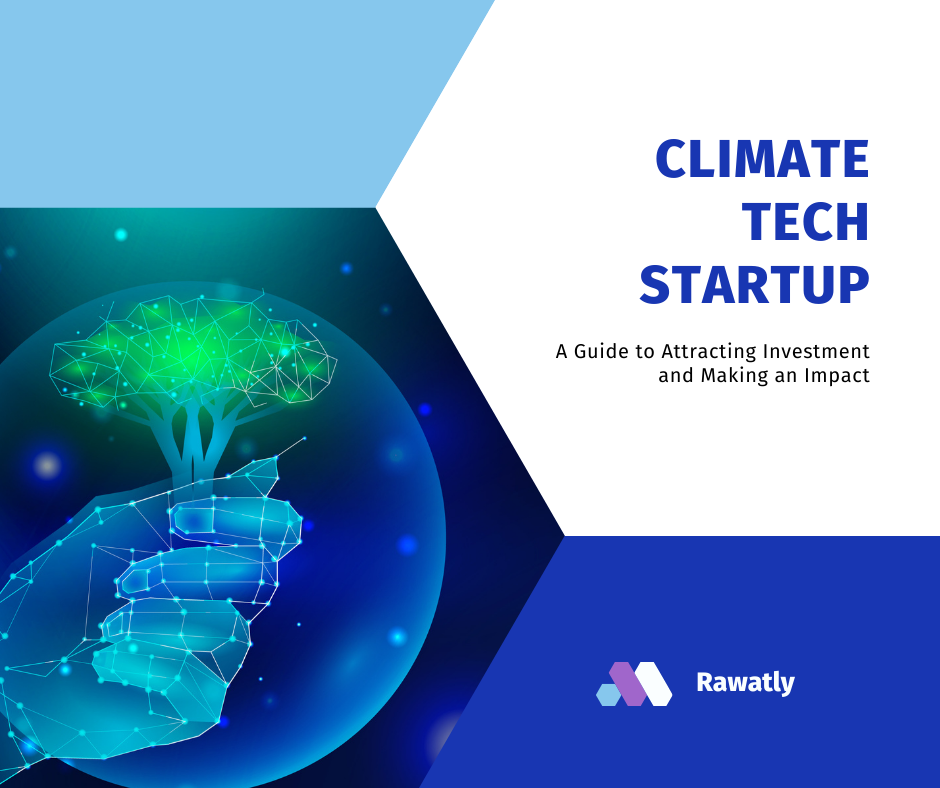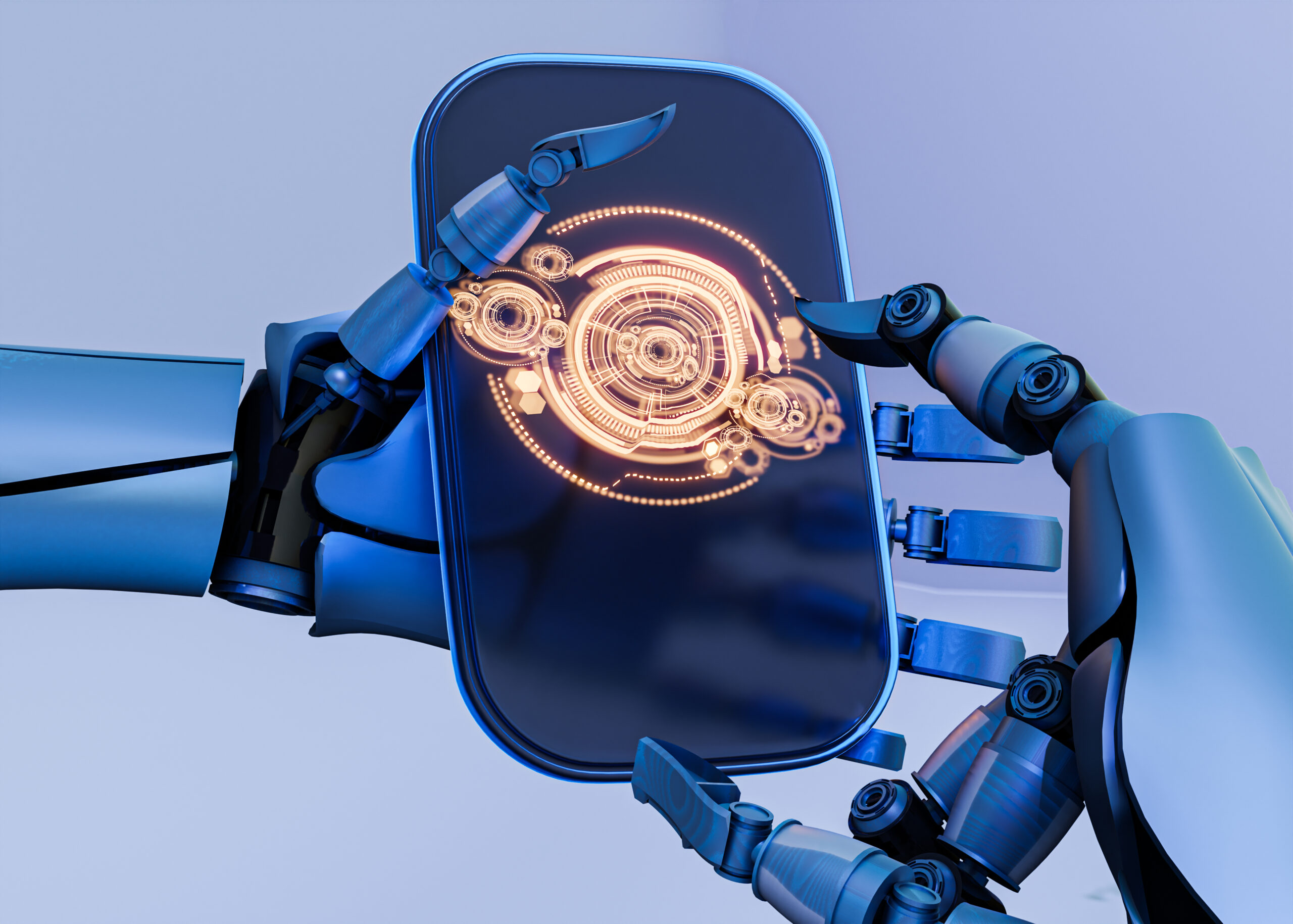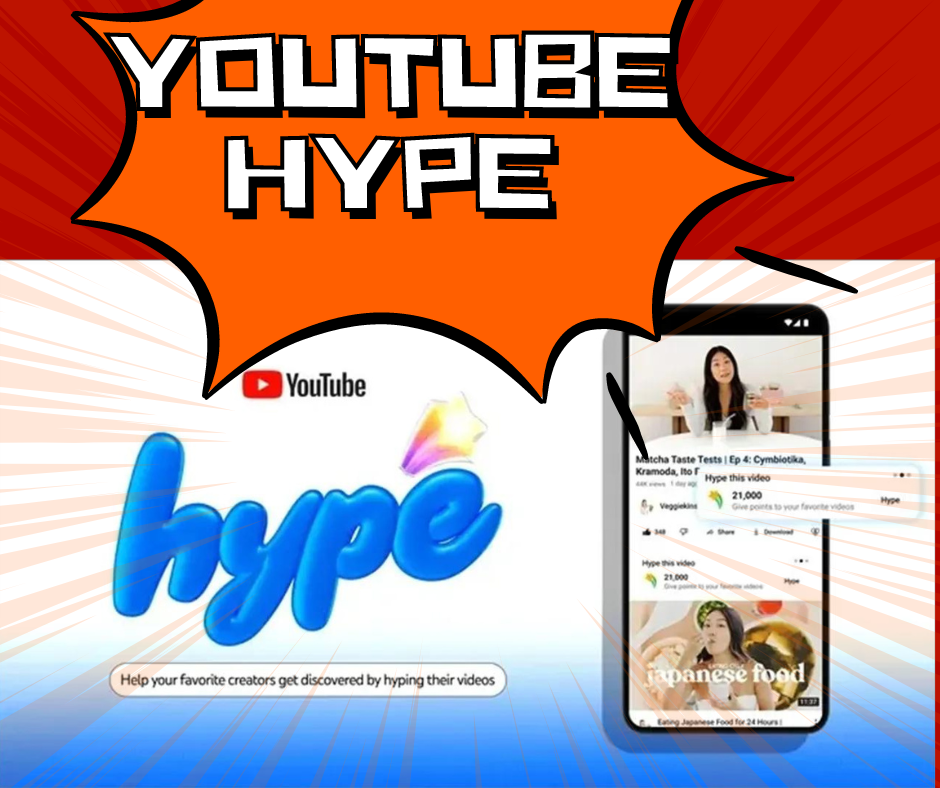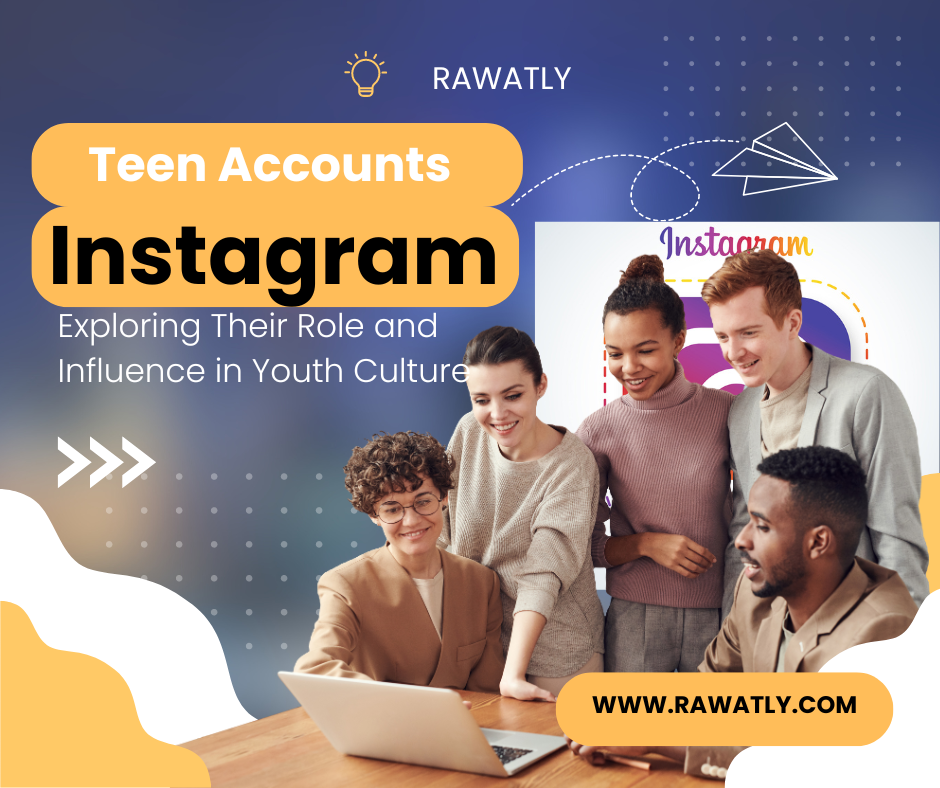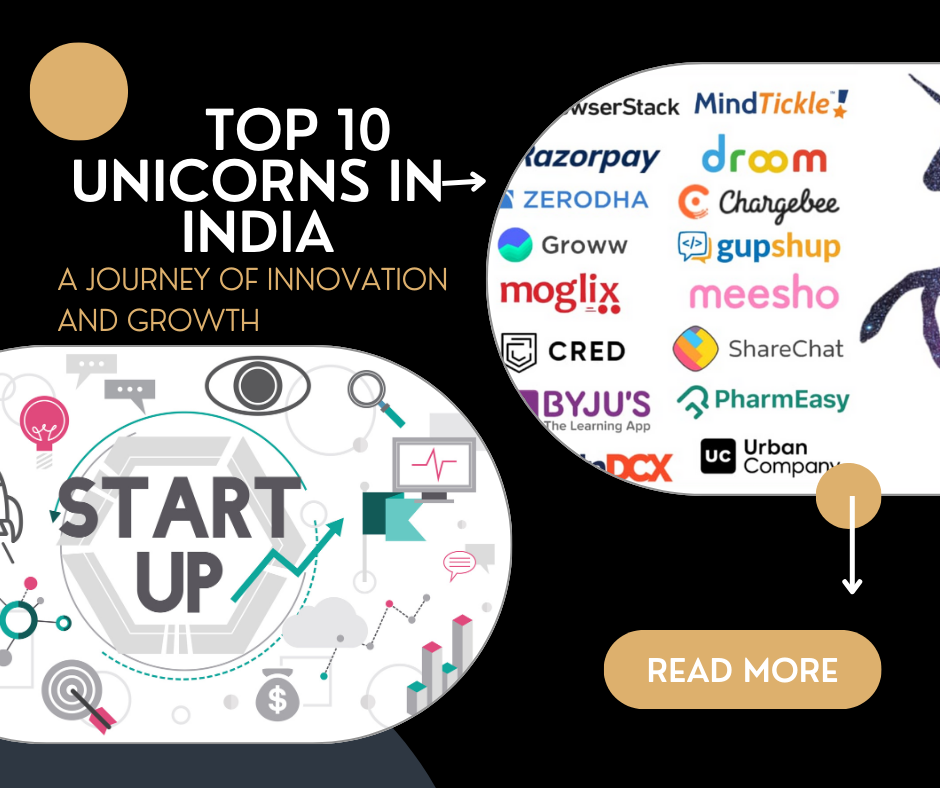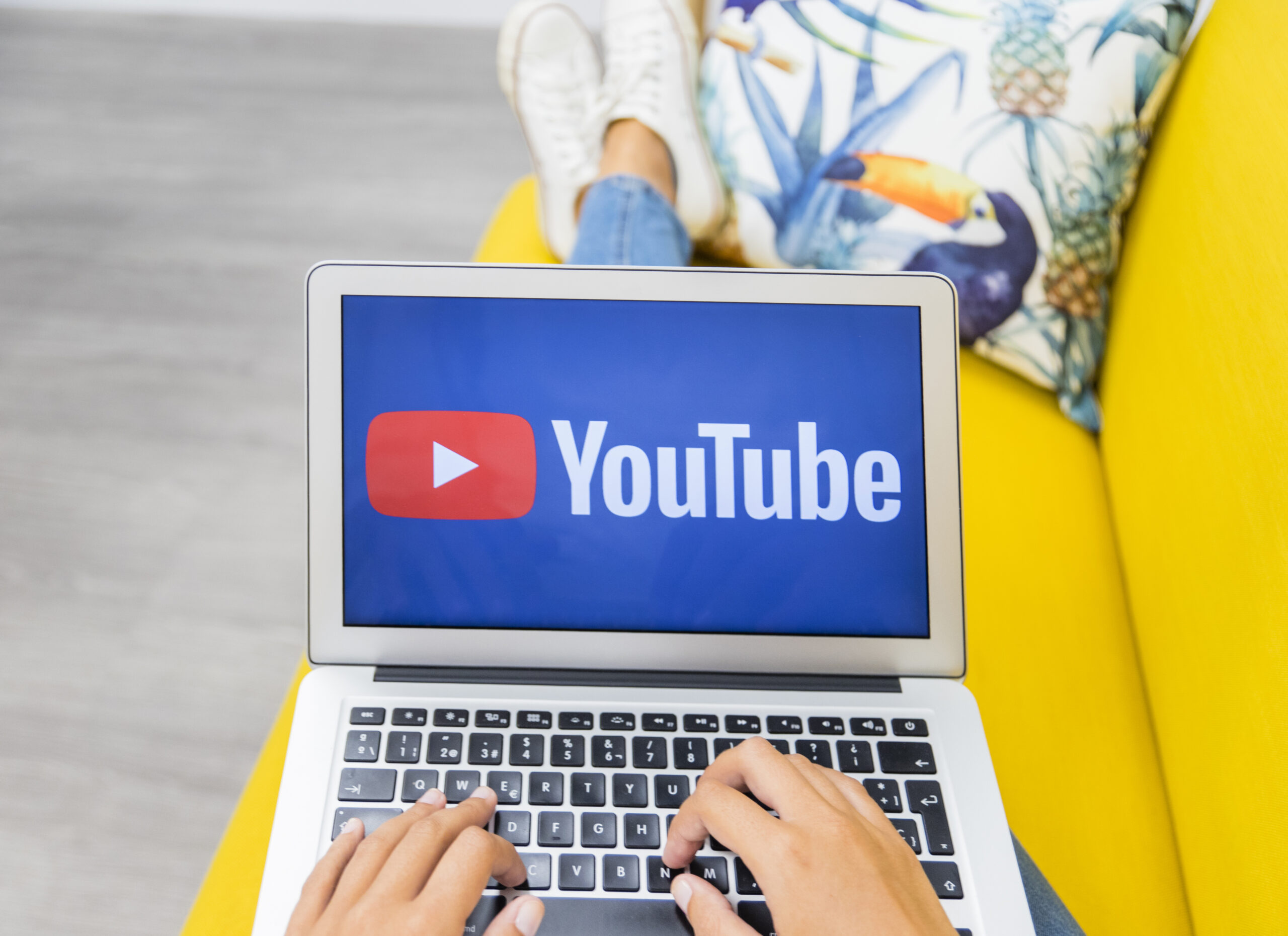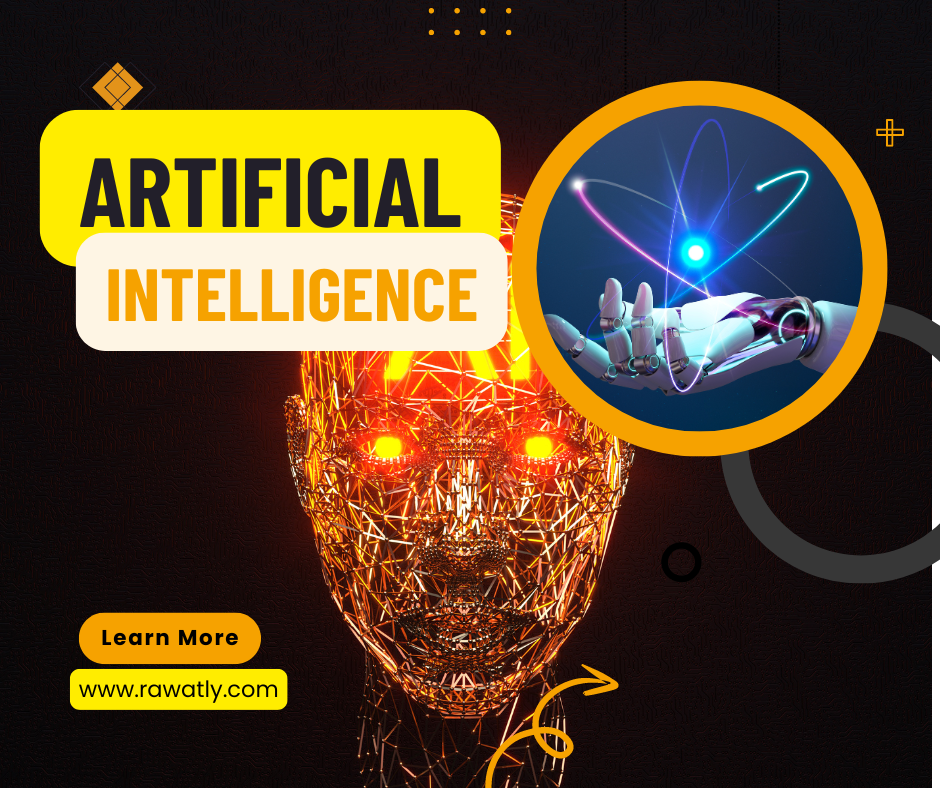
In the ever-evolving landscape of digital media, YouTube (1) has emerged as one of the most influential platforms, serving as a hub for content creators, influencers, and viewers alike. However, the rapid advancements in artificial intelligence (AI) have prompted the video-sharing giant to take decisive action, granting users new powers to report and potentially remove AI-generated content from the platform.
This move by YouTube comes amidst growing concerns over the proliferation of AI-created content, which has the potential to mislead and deceive viewers. As the lines between human-generated and AI-generated content become increasingly blurred, YouTube finds itself at the forefront of a battle to maintain the integrity and authenticity of its platform.
The Rise of AI-Generated Content
The emergence of sophisticated AI technology has revolutionized the content creation landscape, empowering individuals and organizations to generate a wide range of media, from text and images to videos and even entire websites. Tools like DALL-E, Midjourney, and Stable Diffusion have democratized the creative process, allowing users to produce visually stunning images with just a few prompts.
Similarly, language models like GPT-3 have demonstrated the ability to generate human-like text, ranging from news articles and blog posts to scripts and poetry. The potential for these AI-powered tools to create engaging and convincing content has raised significant concerns about the spread of misinformation, manipulation, and the erosion of trust in digital media.
YouTube’s Response: Empowering Users
Recognizing the growing threat posed by AI-generated content, YouTube has taken a proactive stance, granting its users new powers to report and potentially remove such content from the platform.
Under the updated policies, YouTube users can now flag content that they believe has been created using AI or other synthetic media technologies. This includes videos that may have been generated using tools like deepfakes, text-to-speech, or other AI-driven techniques.
Once a user reports a video, YouTube’s moderation team will review the content and determine whether it violates the platform’s policies. If the video is found to be AI-generated and deemed to be misleading or deceptive, it may be removed from the platform.
The Implications of YouTube’s New Powers
This move by YouTube represents a significant shift in the platform’s approach to content moderation and the ongoing battle against the proliferation of AI-generated media. Here are some of the key implications of these new powers:
- Empowering Users: By giving users the ability to report AI-generated content, YouTube is empowering its community to play an active role in maintaining the integrity of the platform. This crowd-sourced approach to content moderation can help YouTube identify and address potential issues more quickly and efficiently.
- Addressing Misinformation: The ability to remove AI-generated content that is deemed misleading or deceptive is a crucial step in combating the spread of misinformation on the platform. This measure aims to protect viewers from being misled by synthetic media that may be designed to influence opinions or spread false narratives.
- Preserving Authenticity: YouTube’s new powers are an attempt to maintain the authenticity of the content on its platform. By clamping down on AI-generated media, the platform hopes to ensure that viewers can trust the origins and legitimacy of the videos they consume.
- Potential for Abuse: While the intent behind these new powers is noble, there is a risk of abuse or misuse. Users may attempt to game the system by falsely reporting content they disagree with or find objectionable, potentially leading to the unfair removal of legitimate, human-created videos.
- Challenges in Identification: Distinguishing between human-generated and AI-generated content can be a complex and nuanced task, especially as AI technology continues to advance. YouTube’s moderation team will face the challenge of accurately identifying synthetic media, which could lead to inconsistent or erroneous decisions.
- Unintended Consequences: The implementation of these new powers may have unintended consequences for the creator community. Legitimate content creators who utilize AI-powered tools for tasks like video editing or special effects may find their work unfairly flagged and removed, potentially hampering their creative expression and business opportunities.
The Way Forward: Balancing Moderation and Innovation
As YouTube navigates this new frontier of content moderation, it will need to strike a delicate balance between protecting its platform from the dangers of AI-generated media and fostering an environment that encourages creativity and innovation.
One potential solution could be the development of robust content authentication and verification systems that can reliably distinguish between human-created and AI-generated content. This may involve the use of digital watermarking, content provenance tracking, or even the integration of AI-powered detection tools within the platform.
Additionally, YouTube could consider implementing more transparent and collaborative content moderation processes, where creators are given the opportunity to appeal decisions or provide context for their use of AI-powered tools. This could help mitigate the risk of unfair removals and foster a greater sense of trust between the platform and its content creator community.
Furthermore, YouTube may need to engage in ongoing dialogue with its user base, education campaigns, and the broader AI research community to ensure that its policies and enforcement measures evolve in tandem with the rapidly changing technological landscape.
Conclusion
The introduction of YouTube’s new powers to report and remove AI-generated content represents a significant step in the platform’s efforts to maintain the integrity and authenticity of its content ecosystem. While this move is a necessary response to the growing concerns around the proliferation of synthetic media, it also comes with its own set of challenges and potential unintended consequences.
As YouTube navigates this new frontier, it will need to strike a delicate balance between effective content moderation and fostering an environment that encourages creativity and innovation. By prioritizing transparency, collaboration, and continuous learning, the platform can work towards a future where the benefits of AI-powered tools are harnessed in a responsible and ethical manner, ultimately preserving the trust and engagement of its vibrant creator community and viewer base.


